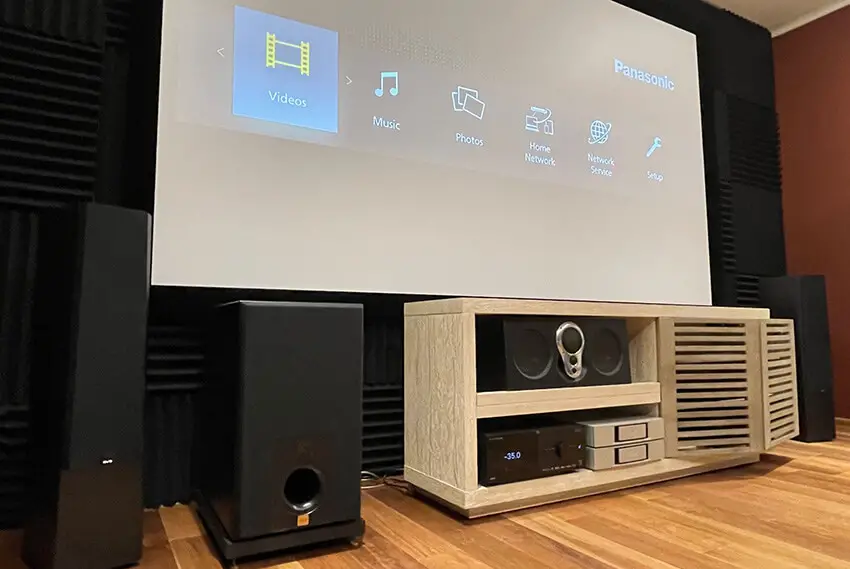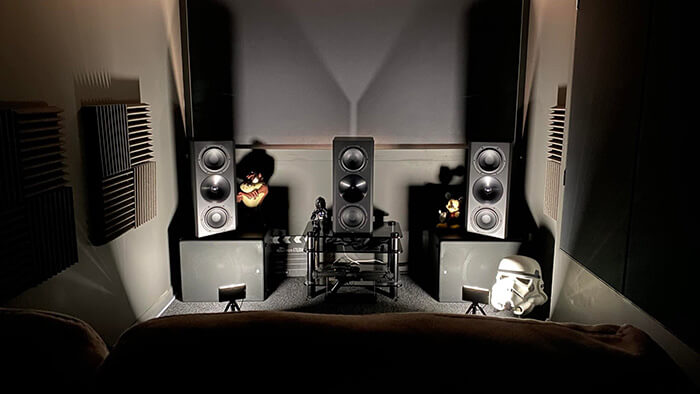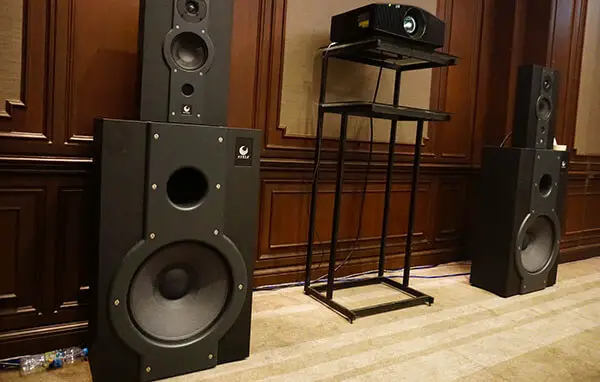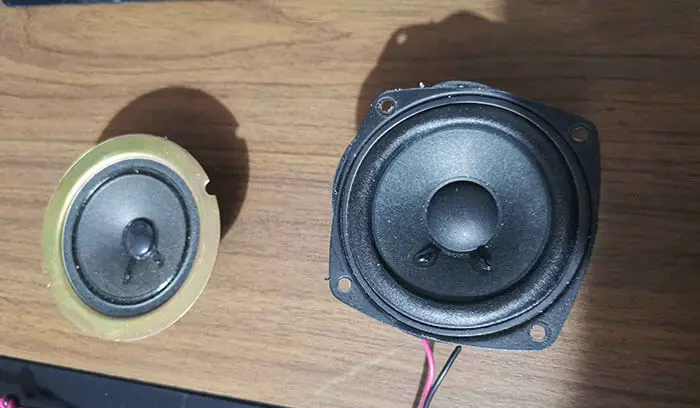Ever thought about what crossovers do to your speakers? In short, crossover splits into a number of frequency ranges to deliver the low-frequency sound to the speaker.
Via the subwoofer and tweeter respectively. In some cases, the speaker crossover gets bad and you’ll hear muffled and vague sounds.
So how would you exactly make sure that your speaker crossover is bad? Well, this article will show you all the possible ways to learn about a bad speaker crossover. I am also going to share the probable solutions that would work out effectively.
How To Tell If A Speaker Crossover Is Bad? [Symptoms That I Face]
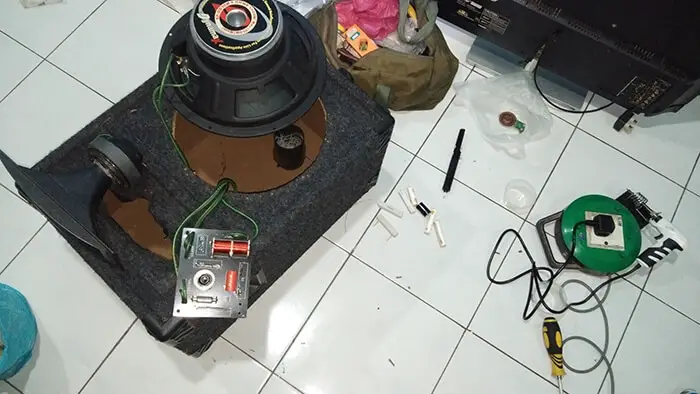
Let’s start with the initial symptoms that we might face in case of a bad crossover. Because we need to understand the problem and work accordingly to fix it, right?
- When this crossover turns bad, your tweeter might crack at low-pitch frequencies. And eventually, it would stop playing audio.
- The mid would work well but the tweeter might fail to respond. Or simply play some music. While doing that, check for A/C voltage between the output (tweeter or mid) on the crossover. If the voltage comes to 0, then it’s probably dead.
- Your speaker might fail to treble output.
- Failed or blown tweeter
- If the passive crossover capacitors turn bad, the signal might degrade and run out at once.
- The tweeter might work alright but the mid wouldn’t respond. There won’t be sound coming from the mid.
Do You Need Technician or Expert helps?
Bad Speaker Crossover Instant Fixing Tips
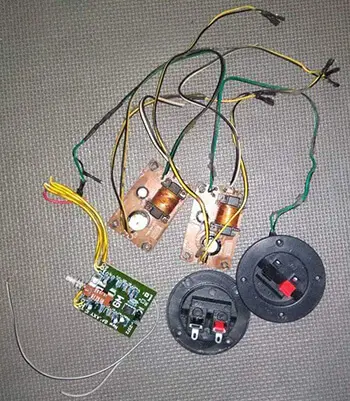
In most cases, the culprit of a bad crossover is a bad/dead capacitor. In that case, you need to check the capacitors. Capacitors tend to wear out over time. This could either happen due to its ageing, material quality and so on. However, you can easily fix this if you can determine the faulty capacitor.
- Disconnect the capacitor that you doubt might turn bad.
- Connect it to the component checker.
- If the capacitance and the ESR (equivalent series resistance) seem higher than the actual capacitive values, that would mean that the capacitor is faulty and needs replacement.
- Crossover capacitor kits are available everywhere so you can purchase one and replace it with the faulty ones instantly.
- Once you replace them, you’d be able to listen to high-quality audio from your speakers.
5 Ways You Can Troubleshoot A Bad Crossover [Solutions]
Now, let’s talk about a few ways that would show a bad crossover. You can easily find out the root cause if you inspect closely. And I am also gonna add solutions so that you can try yourself.
1. Faulty tweeter
This might look trickier at first. Your speaker might look perfectly fine as if there’s nothing wrong at all. But when you use it, there is no treble output. This could also happen if the speaker is overloaded. Or the tweeters might blow up. There are a number of ways to check that.
- You can disconnect the tweeter from the speaker. And then measure the resistance of the voice coil using a multimeter. Place one meter lead to one end of the tweeter terminal and the other lead to the other terminal. Check the driver resistance. If the values come around 3-8 ohms, then it is working. If there comes no reading at all, then the tweeter turns out to be defective. Remember to release at least one lead from the crossover for conducting this test..
- You could also try connecting to another tweeter and check for output.
- Place a 1.5V Battery past the tweeter terminals to hear some popping sound. If you hear so, then the tweeter is all good.
- Sometimes a shortening cap might also result in a faulty tweeter. In that case, you need to work with the capacitors. That description is right below where I have explained it in detail.
2. Faulty Crossover
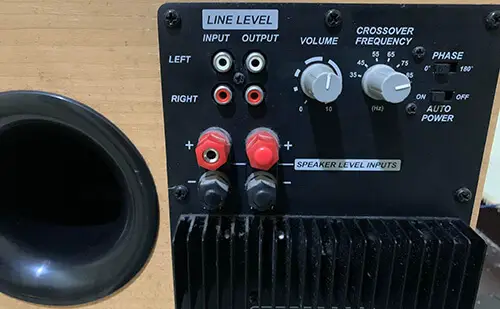
It doesn’t happen often but the crossover might sometimes wear out. In that case, you need to replace the crossover. However, you can still place the tweeter from the other speaker to make sure whether your crossover is working or not.
- Try connecting an oscilloscope to the crossover output and see if you get any signal. If the signal comes way too low, then there might be a problem with the crossover itself.
- You can also try removing the crossover and check if there is any broken wire or burnt PCB. Sometimes the capacitor might end up leaking. There could be solder joint issues as well. Once you determine the problem area, go for a replacement.
3. Faulty Crossover Capacitors
There are basically two types of crossover capacitors. Electronic and Passive. However, the passive crossover capacitors become defective more often. That is because of the coil absorbs excessive heat to melt the wire. And so it eventually affects the crossover.
The same could also happen due to excessive voltage, leading to a burst and ruptured crossover. Be careful and use a voltmeter to check the continuity from both ends of the cap.
In this regard, inspect the power resistors. An increased value of them might lead to a dead cap. And check all the solder connections as well.
4. Inspect the bipolar capacitors as well!
Also, inspect the bipolar capacitors if they are faulty. Look for the one that has a series connection with the tweeters. Now place a good-known capacitor just across the faulty capacitor. Try switching it or twisting a bit and check if the tweeter responds or works correctly.
5. Check Mid
If you can make sure that your tweeter is working smoothly, time to check the Mids! And it’s pretty simple to check the mid! There are two ways:
- Just insert a Play CD inside and check if the Mid works with high frequencies.
- Pair/Connect your mid with the tweeter and check if there is any sound coming from the mid. In this case, make sure that the speakers contain the same Ohm values.
Don’t Buy Cheap capacitors!
Yes, we are talking about the low-quality cheap capacitors here! They might be a few bucks less but purchasing them would make you suffer in the long run.
Some companies use low-quality cheap capacitors and thus they degrade easily. Whereas if you replace them with good quality caps, they prove to be durable and last longer than usual.
Good quality caps are not that expensive. You can afford them easily. Because of their strong build material, they do not wear off randomly.
Use A FUSE To Save Your Tweeter
I personally love this idea of using fuse right beside your tweeter. That’s because using a fuse saves your tweeter from getting blown.
The fuse will blow instead of the tweeter. So you don’t have to worry about the tweeter. Moreover, fuses are very cheap so it will be easy to grab a few of them.
DIY Crossover!!
Yes, you read it right! If your passive crossover turns faulty, you can easily make a DIY one. It’s simple to make and there are plenty of videos/tutorials on youtube to help you out.
Just like you, I am also a DIY person and I tried making one. However, from my perspective, I feel they are not so durable. They are not that effective and wouldn’t last long.
Frequently Asked Questions
This part of the article will cover some Frequently Asked Questions addressing a bad crossover. People have a lot of queries on this particular topic so I thought of adding the most common ones here.
How long do speaker crossovers last?
Well, the duration partially depends on the capacitors. If the capacitors are of mylar or polypropylene, they are likely to last for at least 25 years. And quality capacitors are more durable. However, they ultimately need replacement. Then again, the magnets of the drivers get excessive heat and lose their magnetic force. That’s another reason for a crossover to not last long.
What do capacitors do in a speaker crossover?
The capacitors allow higher frequencies to pass to the speaker. Whereas the inductor does the opposite thing. It lets lower frequencies pass to the speaker.
Does a capacitor improve sound quality?
No, it doesn’t. A capacitor keeps the amplifier all ready for short bursts. Besides, it helps the sound to not degrade due to lower voltage. Other than that, it does not actively take part in improving the sound quality.
Conclusion
I hope from now onwards, you’d be able to easily diagnose and tell if a speaker crossover is bad. There’s not so much work so you can easily diagnose and demonstrate.
Plus, the solutions and quick fix above would help you to get rid of a faulty crossover. Also, keep in mind the tips that I have added later.
Good luck with your speaker crossover!
